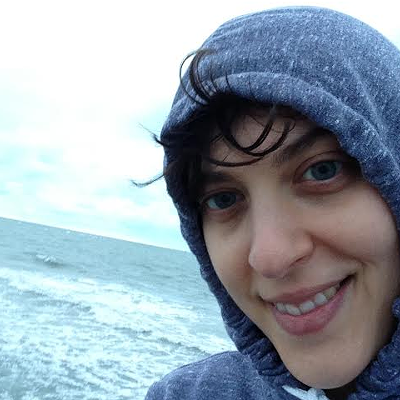Holmes has pleaded not guilty by reason of insanity. Earlier this week, Judge Carlos Samour conducted four days of non-public hearings to determine whether Holmes should undergo a second mental evaluation. The results of the first evaluation have not been publicly released. But prosecutors allege that the results contain "numerous deficiencies" and have requested that Holmes be re-examined by two out-of-state doctors.
Samour said he expects to rule on their request within the next few weeks. A trial originally scheduled to begin in February has been postponed.At the end of today's hearing, Holmes's defense attorneys indicated that they plan to ask the U.S. Supreme Court to take up the issue of whether New York-based Fox News reporter Jana Winter -- who wrote a story quoting unnamed law enforcement sources as saying that a notebook Holmes mailed to a psychiatrist contained "details about how he was going to kill people" -- should have to reveal those sources in court. Holmes's attorneys subpoenaed Winter because they want to know who "leaked" her that information.
But in December, the New York Court of Appeals ruled that Winter did not have to testify because she is protected by that state's shield law. Defense attorney Tamara Brady told Samour today that the defense plans to ask the U.S. Supreme Court to weigh in.
The main purpose of today's hearing was to debate a motion filed by the defense that seeks to exclude from trial any expert testimony regarding crime scene reconstruction.
"Mr. Holmes objects to the admission of any and all opinion testimony concerning crime scene reconstruction, including -- but not limited to -- any blood spatter analysis and bullet trajectory analysis that the prosecution intends to introduce at trial through any 'expert' witness," the defense wrote in its motion, calling such testimony "unreliable."Forensic examiner Mills testified that investigators analyzed the path of the bullets fired in the theater using electronic surveying equipment, 3-D computer mapping technology, lasers and so-called trajectory rods inserted into the bullet holes. He said his analysis concluded that the shots were fired from a corner of the theater near an emergency exit. At a preliminary hearing last year, investigators testified that they believe Holmes bought a ticket for the midnight premiere of The Dark Knight Rises on July 20, 2012, propped open the emergency exit in Auditorium 9, left the theater and then re-entered through the emergency exit shortly after the movie started, armed with several weapons.
The majority of the bullet holes were "indicative of high-velocity rounds," Mills said.
Another FBI expert, William McPherson, also testified today. As a "visual information specialist," he said it was his job to use a laser scanner to measure the theater in 3-D.
Defense attorney Katherine Spengler cross-examined both Mills and McPherson and tried to poke holes in their methods and conclusions. She questioned the accuracy of their equipment and technology and asked questions about certain aspects of the maps, renderings and photos they created from the data they gathered in the theater. Both men said their methods are reliable and their results are verified when possible.
They also testified that their work is based on the principles of math.
"It's the Pythagorean theorem in the flesh," McPherson said.
More from our Aurora Theater Shooting archive: "James Holmes case: Doctor who did mental evaluation had "unfair bias," prosecutors say."
Follow me on Twitter @MelanieAsmar or e-mail me at [email protected]











